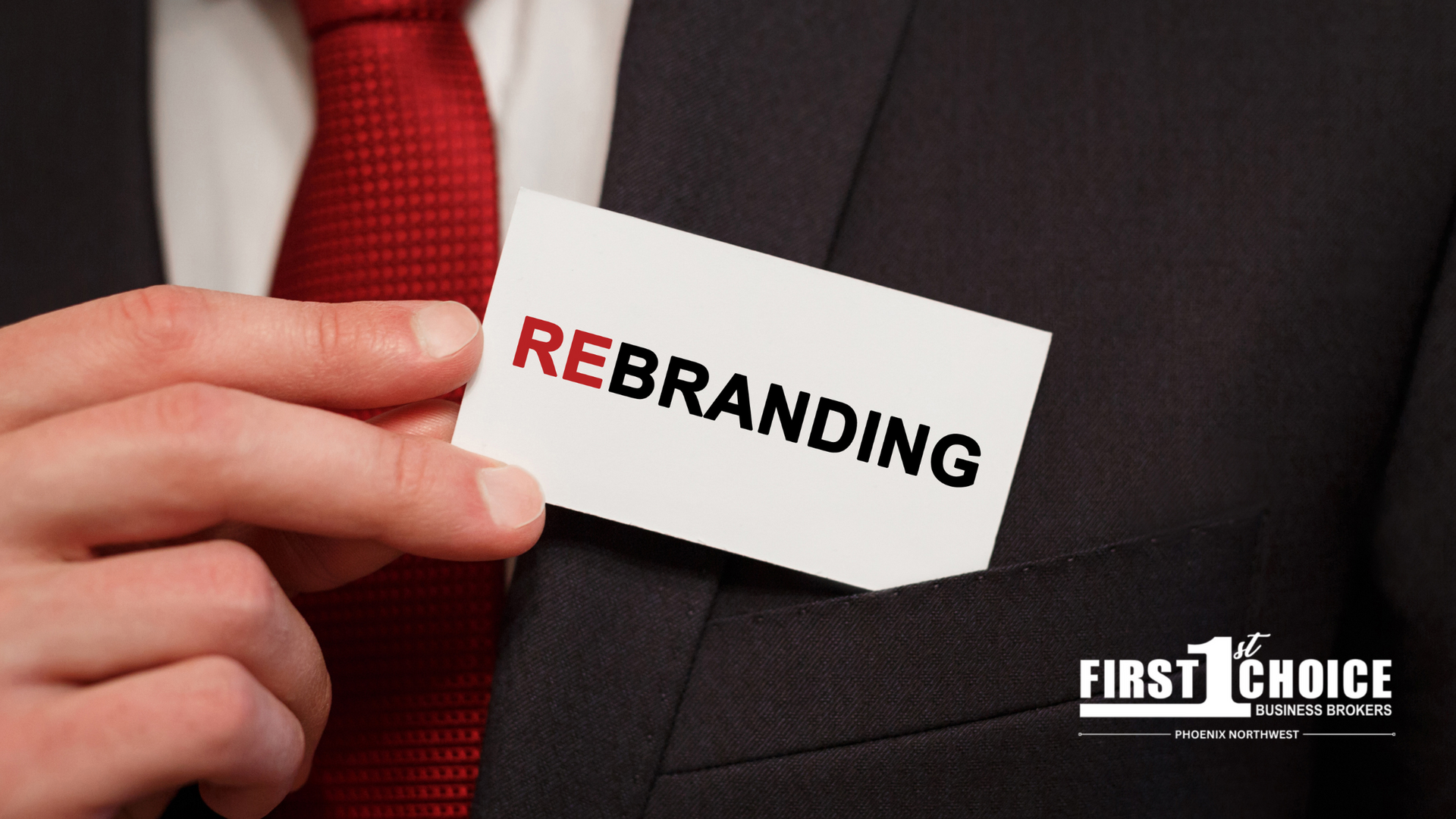Rebranding After Buying a Business: Is It the Right Move?
Acquiring an established business presents critical decisions, particularly regarding the potential for rebranding. Buyers often grapple with whether to retain the company’s current name and reputation or to create a completely new brand identity. While the prospect of rebranding can be invigorating, it entails both risks and potential benefits that could significantly affect the long-term success of the venture. As a business broker, I have witnessed various outcomes based on the chosen path, which hinges on the specific context of the acquisition. In this article, we will examine the advantages and disadvantages of rebranding after business acquisition, empowering you to make a well-informed decision aligned with your objectives.
Key Takeaways
- Rebranding can revitalize a company's image but may risk alienating existing customers.
- Maintaining the original brand fosters customer loyalty but could restrict growth opportunities.
- The choice should consider aspects such as the business’s current reputation, prevailing market trends, and future ambitions.
- Comprehensive research and meticulous planning are vital to ascertain if rebranding will advance or obstruct your long-term vision.
Factors to Evaluate Prior to Rebranding
1. The Strength of the Existing Brand
Before making the decision to rebrand, it is crucial to evaluate the current brand's strength and recognition in the market. This includes understanding how well-established the brand is within its industry and whether it has developed a loyal customer base over the years. For instance, if you were to purchase a well-loved family-operated bakery that has served its community for generations, a complete rebranding might risk alienating loyal customers who have a profound emotional attachment to the brand's original identity.
Suggestion: As a best practice, consider gathering customer feedback, analyzing sales data, and assessing overall brand perception prior to enacting major changes. In some cases, implementing minor modifications—such as refreshing the logo or updating the website—may provide a more effective solution than embarking on an extensive rebrand.
2. Alignment with Your Vision
Your vision for the business plays a significant role in the rebranding decision. You must consider whether you intend to redirect the business in a new trajectory or merely build upon its existing successes. For example, a buyer acquiring a wellness spa with plans to diversify services or open new locations may find that rebranding helps to expand its customer appeal. Conversely, if the goal is to maintain the spa's local charm, keeping the current brand may be the more sensible choice.
Example: If a purchaser acquires a local coffee shop with aspirations of franchising, a rebrand could help the establishment attract a broader demographic and create a foundation for future growth.
3. Market Trends and Competitor Insights
Staying informed about market trends and the positioning of competitors is essential in making a rebranding decision. If competitors in your industry are recently undergoing their own rebranding initiatives, it may indicate changing consumer preferences and expectations. For instance, acquiring a tech company in a dynamic industry may necessitate a brand update to avoid appearing outdated or irrelevant.
Suggestion: Conducting a thorough competitive analysis allows you to assess whether rebranding has the potential to differentiate your business from others in the industry.
4. Costs and Resources
Rebranding encompasses more than just modifying a logo or company name—it often incurs significant costs related to marketing efforts, signage updates, and potential loss of loyal customers during the transition phase. This aspect necessitates a careful financial evaluation to ensure that the expected benefits justify the expenses. If the budget post-acquisition is tight, it may not be prudent to pursue a comprehensive rebranding immediately.
Suggestion: Implementing a phased approach to rebranding can be beneficial. You might begin with smaller adjustments, like enhancing your website or updating social media profiles, before progressively rolling out a more extensive rebranding strategy. This approach allows you to manage costs more effectively while gradually shifting the brand identity.
Final Thoughts
The decision to rebrand after acquiring a business entails significant complexity, requiring a thoughtful examination of various elements. While rebranding may offer a fresh perspective and the opportunity to access new markets, it also poses risks, such as the potential loss of customer loyalty. As a business broker, I recommend conducting thorough research, assessing the strength of the existing brand, and confirming that your decision aligns with your long-term ambitions. Ultimately, whether you opt for rebranding or choose to retain the existing identity, the focus should remain on your envisioned future for the business.
FAQ
What are the risks associated with rebranding after acquiring a business?
Rebranding may result in the loss of loyal customers who are invested in the original brand. It could also lead to confusion among existing clients, especially if the new identity fails to convey the same values or service benefits. Additionally, rebranding entails significant marketing expenses, which can be financially burdensome.
How can I determine if rebranding is the right choice for my business?
Evaluate factors like the brand's existing equity, your future vision, industry trends, and available budget. Gathering feedback through customer surveys or focus groups can provide insight into how a rebrand might be perceived. Seeking the advice of a business broker can also offer tailored guidance pertinent to your acquisition plans.
Is it possible to implement minor changes without fully rebranding?
Absolutely. Incremental updates can effectively rejuvenate a brand without the associated risks of a full rebranding overhaul. Modifying the logo, refreshing the website, or updating marketing materials can invigorate the brand while preserving its core identity.
Get in Touch:
First Choice Business Brokerage Phoenix
📍 21640 N 19th Ave Suite C9, Phoenix, AZ 85027
📞 (623) 888-6190
Recent articles for you





